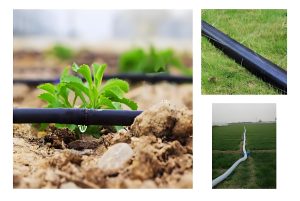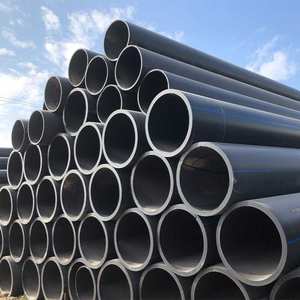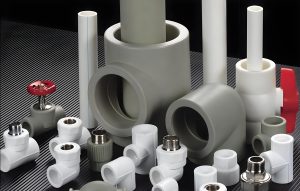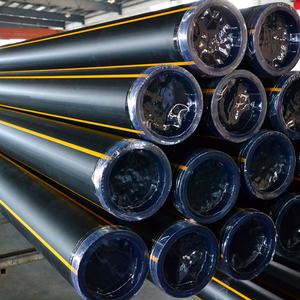LUOYANG DATANG ENERGY TECH CO.,LTD

How To Install Supply Pipe For Water
Your Ultimate Guide to Installing Water Supply Pipes Like a Pro
(How To Install Supply Pipe For Water)
Water runs our lives. From morning coffee to evening showers, we rely on it daily. But what happens when your pipes fail? Knowing how to install a supply pipe saves money and stress. This guide breaks it down simply.
1. What is a Supply Pipe?
A supply pipe delivers water from your main line to sinks, toilets, or appliances. Think of it as a highway for water. Common types include copper, PEX, and CPVC. Copper resists corrosion. PEX bends easily around corners. CPVC handles hot water well. Each suits different needs. Older homes often have galvanized steel pipes. These rust over time. Modern upgrades use flexible materials like PEX. Size matters too. Half-inch pipes work for most fixtures. Bigger appliances like washing machines need three-quarter-inch widths. Always match pipe type to your water pressure and local codes.
2. Why Proper Supply Pipe Installation Matters
Leaky pipes waste water and money. Even a small drip adds up. Worse, hidden leaks rot walls or floors. Bad installations risk contamination. Dirty groundwater can seep into cracks. Proper pipes keep drinking water safe. Freezing is another enemy. Burst pipes in winter cause floods. Correct insulation prevents this. DIY mistakes lead to emergencies. A loose joint might flood your basement. Professionals follow building codes. These rules exist for safety. Permits are often required. Skipping them voids insurance claims. Good installation means peace of mind.
3. How to Install a Supply Pipe Step by Step
First, shut off the main water valve. Drain remaining water by opening faucets. Measure the pipe route twice. Mark spots for fittings. Cut pipes cleanly with a tube cutter. Deburr edges to avoid leaks. For PEX, use crimp rings and a special tool. Slide the ring onto the pipe. Insert the fitting. Squeeze the crimper until it clicks. Copper needs soldering. Clean ends with sandpaper. Apply flux paste. Heat the joint with a torch. Touch solder wire until it melts into the seam. Always wear gloves and goggles. Test joints before sealing walls. Turn water back on slowly. Check for drips. Fix leaks immediately. Insulate pipes in cold areas. Foam sleeves are cheap and effective.
4. Applications: Where Supply Pipes Make a Splash
Homes aren’t the only place for supply pipes. Gardens use them for drip irrigation. Connect a timer to automate watering. Restaurants need heavy-duty pipes for dish stations. High heat and constant flow demand durable materials like copper. Office buildings use complex networks. Here, color-coded PEX helps track hot and cold lines. RVs and boats have mini systems. Flexible PEX survives bumps and vibrations. Even tiny homes benefit. Space-saving designs use slim pipes under floors. Emergency repairs use temporary fixes. SharkBite fittings let you join pipes without tools. Useful for campsites or quick patches.
5. Supply Pipe FAQs: Your Burning Questions Answered
Q: Can I install pipes myself?
A: Yes, if you follow codes. But complex jobs need pros.
Q: How long do supply pipes last?
A: Copper lasts 50+ years. PEX lasts 40+ with no corrosion.
Q: What’s cheaper: PEX or copper?
A: PEX costs less. Copper prices rise and fall.
Q: Do pipes freeze even indoors?
A: Yes, in unheated spaces like garages. Insulate them.
Q: Why does my water taste metallic?
A: Old galvanized pipes rust. Replace them with PEX or CPVC.
Q: Can I run pipes through concrete?
A: Use sleeves to protect them. Direct contact cracks pipes over time.
Q: How deep should outdoor pipes be?
A: Below the frost line—usually 12-36 inches deep depending on location.
(How To Install Supply Pipe For Water)
Armed with this knowledge, you’re ready to tackle leaks or plan a renovation. Remember, water is powerful. Respect the process.






